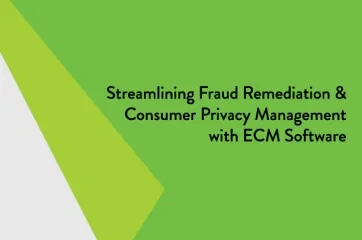Commercial credit analysis ratios are used by underwriters in business loan determinations. Since companies do not have a credit score as consumers do, financial institutions rely on other factors, such as commercial credit analysis ratios, to gauge a business’s creditworthiness and make an informed lending decision.
Types of Commercial Credit Analysis Ratios
Although commercial underwriting practices vary from institution to institution, banks and credit unions often use five ratios to determine business loan viability:
- Debt service coverage
- Profitability
- Liquidity
- Activity
- Market
- Rules and Exceptions
An underwriter consults his or her financial institution’s policies to guide decisions on commercial loan applications. Many banks and credit unions set cut-off limits on commercial credit analysis ratios and deny loans that fall short of the minimum standards.
However, there are situations when banks and credit unions make exceptions to their policies. This is often referred to as a “policy exception” or “loan policy exception.” In such cases, the mitigating circumstances should be documented and tracked for compliance purposes.
Tracking Policy Exceptions with Technology
Part of a financial institution’s exam preparation usually includes gathering all approved loans that were exceptions to its loan policy. In anticipation of this exam requirement, banks and credit unions commonly maintain spreadsheets that contain their loan policy exceptions. Spreadsheets have several drawbacks, especially when the institution fails to add a loan policy exception to the list.
Today, financial institutions are increasingly relying on loan management software, such as AccuAccount, to document the reasons why a loan was made outside of normal policy, flag policy exceptions, generate specific reports, and pull necessary loan files.
Loan Management Resources
Looking for more tips on managing loan documentation and policy exceptions? Be sure to check out our extensive resource library with free spreadsheets, whitepapers, videos and eBooks.
Browse our banking definitions page for more terminology.














